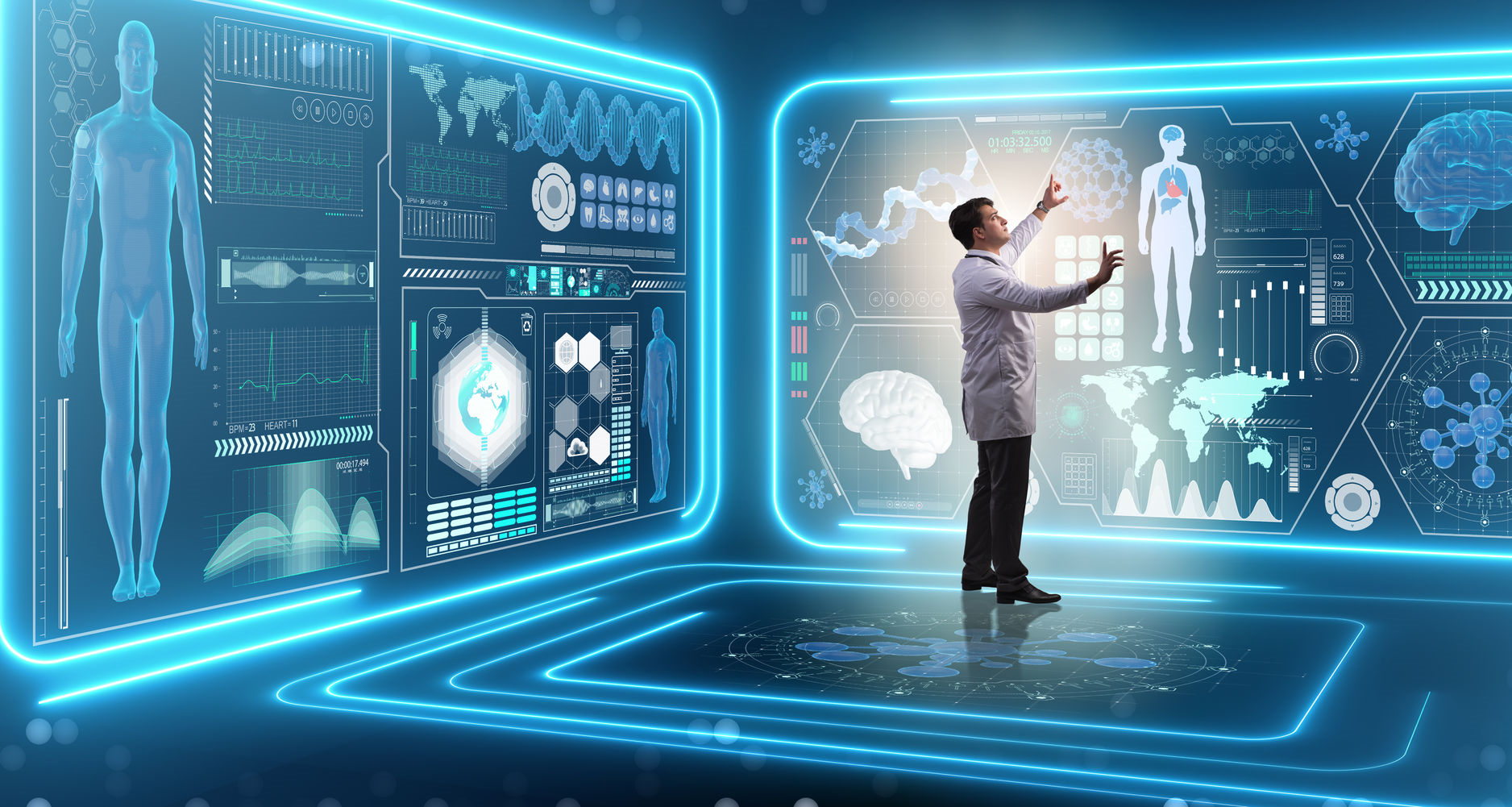The future is set to be dominated by computer intelligence – but how is that manifesting itself in the workplace?
Artificial Intelligence or AI is a technological advancement we’ve heard much about over the last decade or so. In fact, it’s been a central theme in science fiction for many years – well before it had emerged as a practical tool in the business world.

The real-world applications of AI may not be quite as apocalyptically spectacular as films like The Terminator would have it, but they are nonetheless having a significant impact on the way we live our lives and the way organisations carry out their day-to-day processes. And it’s not just employees of technology companies that come into contact with Artificial Intelligence, either.
From the way people are recruited and given training to the way office workers look for information and review documents, AI is serving to streamline business procedures and workflows. Here are just a few examples of how this most powerful of innovations is being applied.
Recruitment
Tools like Plymetrics and Montage use advanced technique to ensure that only the most talented and well-suited individuals are recruited to a business. Plymetrics works by using the principles of neuroscience to assess the attributes and cognitive features of candidates before being invited in for an interview.
Similarly, new recruits are now frequently brought up to speed on business protocols and procedures via AI-enabled chatbots. This saves valuable time for other team members and allows new hires to settle in at their own pace.
Augmented workforces
One of the fastest-growing areas for AI integration is undoubtedly in the field of augmented workforces. Applications of AI, when combined with RPA (Robotics Process Automation), are already helping many businesses to perform their jobs more efficiently, taking over the mundane aspects of roles such as data processing and analysis. Nowhere is this valued more highly than in legal and HR fields where tasks such as contract analysis is being revolutionised to plunder documents for valuable information at greater speed.
Contract analysis specialists such as Cortical.io estimate that 80% of review time can be saved through the automation of information extraction using AI-based solutions. Not only that but AI-based contract analysis software removes the potential for human error and is considered to be more accurate as well as more efficient and cost effective than utilising a human resource.
Surveillance and monitoring
Tracking, monitoring and measuring of workforce activity and output is fast becoming part and parcel of running any successful factory or warehouse. While the concept of surveillance can feel daunting and “big brother-esque” to some, the use of AI certainly has its benefits. A perfect example of this can be found in the response of manufacturing businesses to the challenges of Coronavirus. More specifically the need to socially distance and monitor “contacts” between members of staff through 2020 has been more relevant than ever – to protect the health and safety of employees. Where potential pinch points or bottlenecks in production were tracked, employers have been able to implement changes that reduced the need for multiple staff to be in one place at any one time.

 Financial Expert Jacques Poujade Shares Financial Advice for the Pandemic in 2021
Financial Expert Jacques Poujade Shares Financial Advice for the Pandemic in 2021